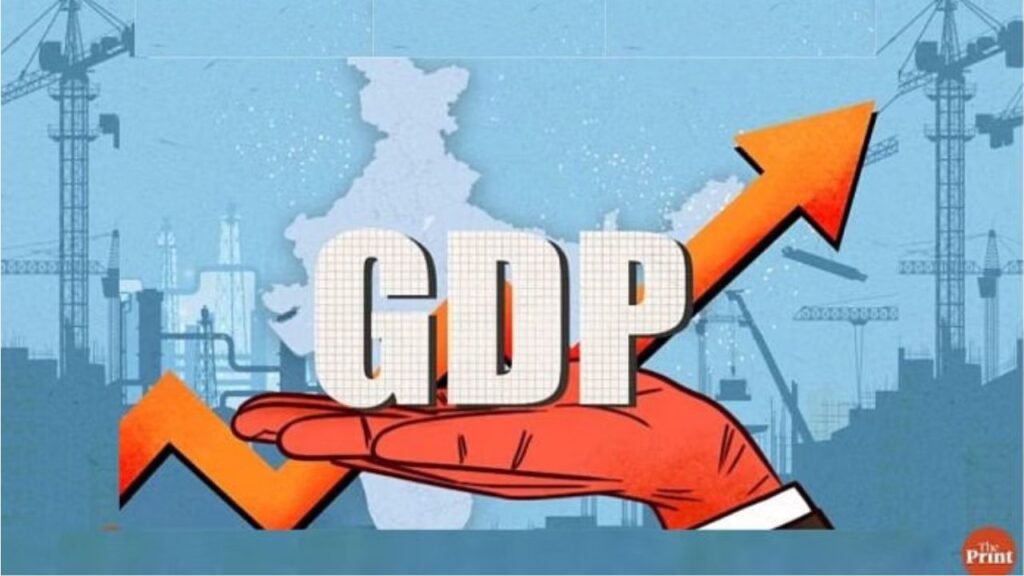
India’s economy delivered a stronger-than-expected performance in the April–June quarter of FY26, with gross domestic product (GDP) expanding 7.8% year-on-year, according to data released Friday by the National Statistics Office (NSO). The figure marked the country’s fastest growth in five quarters, outstripping market projections of 6.7% and reaffirming India’s position as the world’s fastest-growing major economy.
What’s Driving Growth
The latest numbers point to broad-based momentum across agriculture, manufacturing, and services, supported by robust private demand and higher government spending.
- Agriculture: Output rose 3.7%, a sharp improvement over the 1.5% expansion a year ago, thanks to favorable sowing conditions.
- Manufacturing: Growth came in at 7.7%, broadly flat compared to last year but stronger than the 4.8% seen in the preceding quarter.
- Services: The standout performer, expanding 9.3%, powered by trade, hospitality, transportation, and financial services.
On the demand side, private consumption — which makes up nearly 60% of GDP — grew 7%, helped by rural recovery, steady demand for consumer durables, and recent tax relief. Government expenditure also saw a notable 9.7% jump, reversing the previous quarter’s contraction, while gross capital formation rose 7.8%.
Concerns on the Horizon
Despite the upbeat data, economists caution that risks are building. Former US President Donald Trump’s move to impose 50% tariffs on Indian exports threatens to slow momentum in the second half of the fiscal year. Analysts warn the measures could shave 0.6–0.8 percentage points off GDP growth over the next 12 months, especially if export demand falters.
Some of the April–June lift is also believed to have come from “front-loading,” with exporters rushing shipments to the US ahead of tariff deadlines. This temporary boost may fade once higher duties fully take effect.
Expert Views
- ICRA’s Aditi Nayar noted that while growth has surprised on the upside, export and investment activity face significant uncertainty due to tariffs.
- Emkay Financial’s Madhavi Arora warned of ripple effects on employment and wages, potentially denting private consumption.
- Capital Economics said the strong print still leaves India on track to achieve 7% growth this year, even after factoring in tariff shocks.
- DBS Bank’s Radhika Rao highlighted that markets will watch how GST rationalisation and fiscal spending balance out tariff pressures in the coming quarters.
Government and Policy Response
New Delhi has pledged targeted support for affected exporters and announced tax cuts aimed at boosting household spending during the festive season. Economists at IDFC First Bank estimate these steps could add about 0.6 percentage points to nominal GDP over a year. Officials are also relying on easing inflation and GST rate adjustments to sustain domestic demand.
The Reserve Bank of India, which projects 6.5% GDP growth for FY26, is widely expected to hold interest rates steady in its October review following the strong Q1 data.
Global Context
Even with tariff headwinds, India continues to outpace China, which recorded 5.2% growth in the same quarter. With multinational companies increasingly reassessing their dependence on Chinese supply chains, India’s resilient growth story is drawing sustained investor attention.






